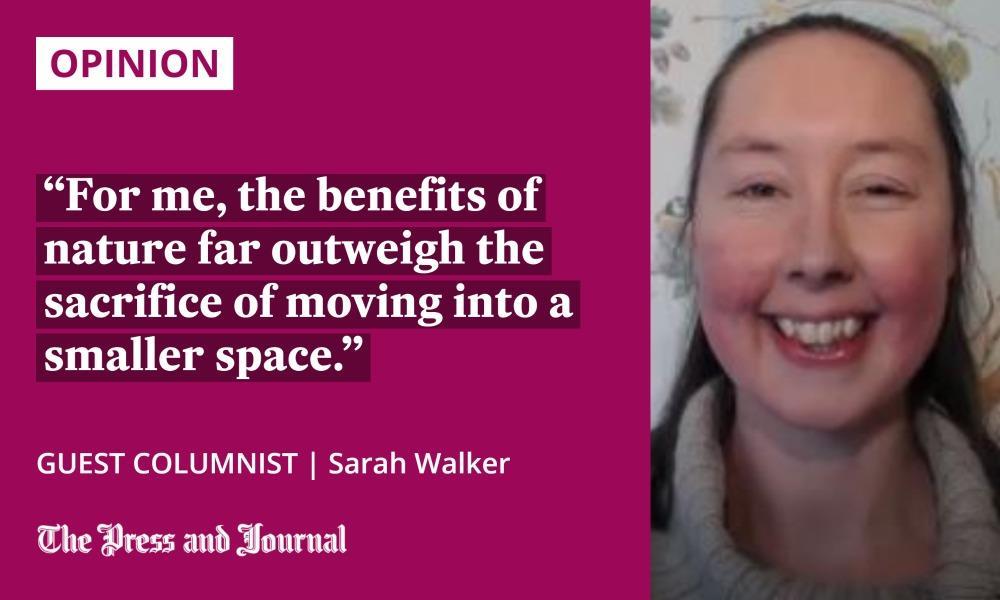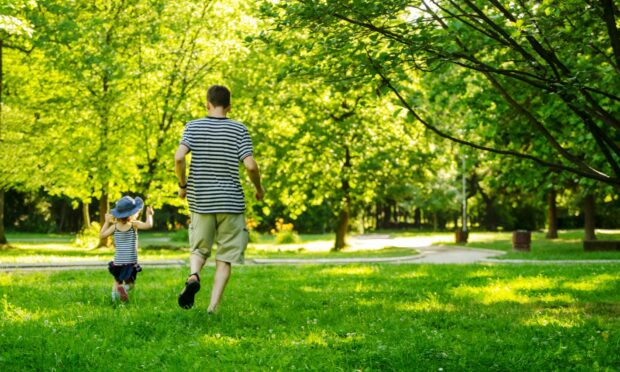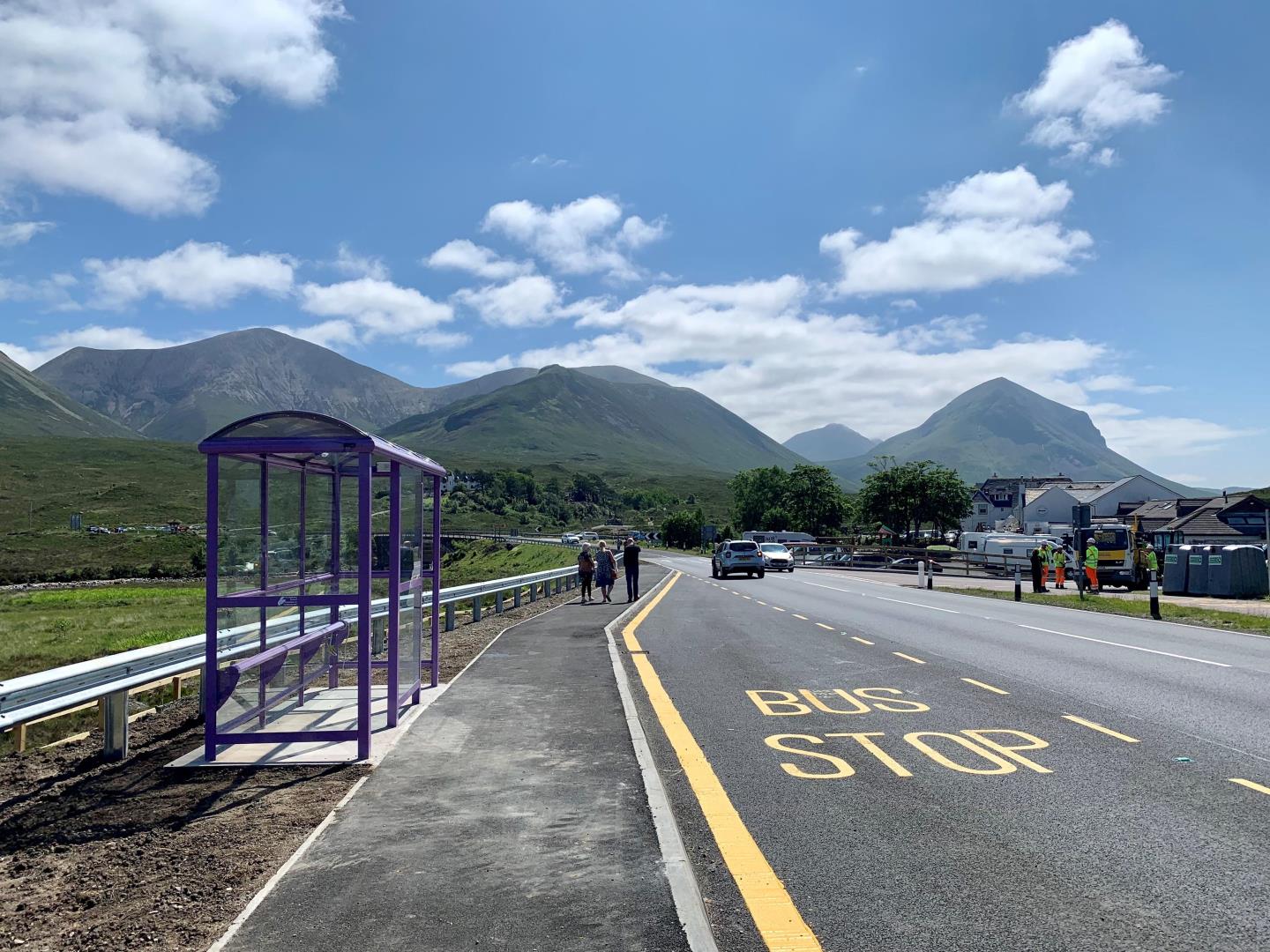Our green spaces are precious, and we must make sacrifices to protect them.
One of those is changing our lifestyle and expectations. We must learn to live in smaller spaces.
Developers have a responsibility to challenge the norm and to encourage this shift.

It’s a dream of mine to build my own house. If it ever comes to fruition, these are the considerations on my list:
- Small physical footprint, cleverly designed indoor space with multifunctional furniture
- Space for my bike, the pram, and somewhere to air dry the washing (even if it’s raining)
- Passive or near passive, to make energy bills minimal
- A home for nature, including bat boxes, bird boxes and insect homes integrated into the walls
- Ability to harvest rainwater, wind power and solar power
- All products and materials must be repairable and reusable to prolong their life
- At the end of their life, all products must be recyclable
- Copious natural light whilst still maintaining privacy
Communal gardens would make up for lack of living space
It’s a big sacrifice to live in a small space and something needs to make up for it. Having a beautiful green space full of nature immediately on my doorstep as a communal garden would support my wellbeing and mental health.
For me, the benefits of nature far outweigh the sacrifice of moving into a smaller space.
Of course, nature needs a food source. That comes in the form of well-thought-out planting: a mixture of species, range of native trees, mixed hedging, bushes and shrubs. Wild areas. Water. Mature trees offer opportunities for nature and wildlife that young trees can’t. I want to have all of this on my doorstep.
I need food, too. Perhaps fruit trees and fruit bushes. Maybe well-placed green walls could offer some privacy whilst also providing an opportunity for green-fingered residents to grow herbs and flowers beside their door.
I admit that communal gardens come with their problems and how to maintain that green space is a challenge to be solved
Why a communal space? It would be bigger, richer and more valuable to nature. The typical plot of grass inside a fence has little value to nature and does little to boost my wellbeing.
I admit that communal gardens come with their problems and how to maintain that green space is a challenge to be solved.
We need green infrastructure to benefit people and the environment
I do not have a car and rely on public transport, walking or cycling. Green corridors can provide a pleasant walk or cycle route that doesn’t follow the road. Ideally, I’d be able to walk to the local shop and school.
In the winter months, a regular bus service is essential. This needs to be in place before I move in so that I can be confident that public transport is available.
So, this is my ideal home. Small but surrounded by nature, and I don’t need a car to get there.
This already happens in small projects and self-builds. Property developers have an opportunity to lead the way and encourage change on a big scale.
Sarah Walker is an Inverness resident and environmental learning practitioner, encouraging nature connections


